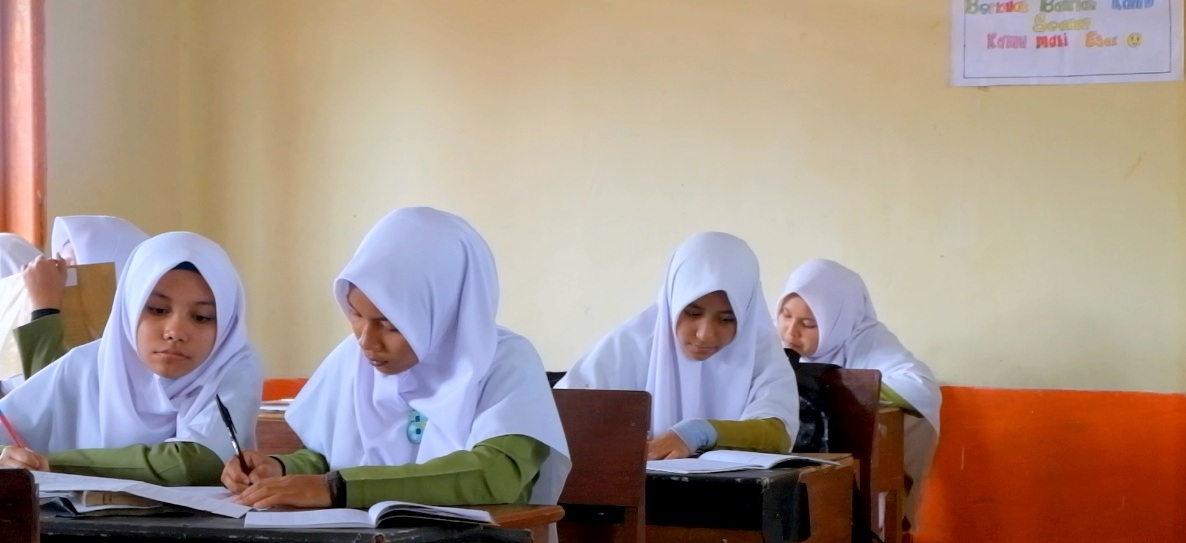Sources of Errors in Learning Language

Dear educators,
In this opportunity I would like the explain about the sources of errors. What I mean by the term sources of errors is refered to the context of learning language. As an English teacher, it is quite important for me to understand about the sources of errors, especially in teaching writing and speaking skills. Some experts state that sources of errors has the same meaning with the causes of errors. This relates to the question on why students make the errors in writing or speaking the second language. And, it is not relates to what kind of errors they made (this refers to types of errors).
To understand more about the topic, I cited what Richard said:
The sources of errors in studying a language might be derived from the interference of the learners’ mother tongue and the general characteristics of the rule learning. The errors that are caused by the general characteristics of the rule learning are also called the intra language errors. And the errors caused by the interference of the learners’ mother tongue are called the interlanguage errors.” (Richard, 1974)
Based on the citation abou, it can be understood that the sources of errors are classified into three categories;
1. Interference Error
Interference error denotes the results of using the elements of first language (L1) while speaking or writing the second language. For example, learners use the elements of Bahasa (native language) while speaking or writing in English. In this case, the interference error occurs because Bahasa and English have different linguistic system, for an example a student says:
”my age now 15 year old” instead of “my age is 15 years old” or “I am 15 years old”
2. Intralingual Error
Intralingual Error demonstrates the general characteristics of learning rules in the second language acquisition. Its origin is found within the structure of English itself and through reference to the strategy by which a second language is acquired and taught. This errors is divided into into 4 subdivisions. The first is overgeneralization error; learners create a deviant structure on the basis of other structures in the target language such as
“he can sings” where English allows “he can sing” and “he sings”.
The second is Ignorance of rule restrictions; learners apply rules to context where they are not applicable, such as
“he made me to go rest" through extension of the pattern "he asked/wanted me to go"
The third is Incomplete application of rules; learners fail to use a fully developed structure, such as
"you like to sing?" in place of "do you like to sing?"
3. Developmental Error
Developmental Error derives from faulty comprehension of distinction in the target language. Developmental error illustrates learners attempt to build up hypotheses about the English language from their limited experience of it in the classroom or text-book. There are sometimes due to poor gradation of teaching items. The form was, for example, may be interpreted as a marker of past tense and the form is may be understood to be a marker of the present tense. Based on this limited knowledge the student tries to create a hypothesis by writing
“one day it was happened” and “He is speaks French”.
One another example comes up in the use of synonym words such as very and too. These two words are different in the context of use, but from the viewpoint of a student who has limited experience, they have the same meaning.
This article only discuss a glance point of sources of errors that learners make both in writing and speaking in the second language. However, my research when I was in university is about students’ errors in writing including the sources of errors. If you are going to know more about it, you can request it via email [email protected].
References
Alfayed, A. (2017). An Analysis of Students’ Grammatical Errors in Writing Recount Texts. Skripsi. UIN Ar-Raniy: Banda Aceh.
Richards, J. C. (1970, May). A non-contrastive approach to error analysis. Paper presented at the TESOL Convention, San Franciso. (ERIC Document Reproduction Service No. ED037721).
Richards, J. C. (1974). Error Analysis: perspectives on second language acquisition. London: Longman.
Regard,
ALFYD, English Language Teacher
Nice post my teacher....
Second language memang payah, karena kon lage bahasa mak teuh. Kadang lahjah meubeda kadang tata bahasa pih meubalek-balek. Bahasa perolehan sit leubeh pah mnyoe native speaker yang pereuno. Langsung pada yang muphom langsong. Metode yang paleng got adalah metode klasikal untuk pemula. Meunan yang long tuoh.
Thank you
Still waiting your writing
Teurimong genaseh rakan kaleuh nebaca artikel nyoe.
Memang susah mereunoe bahasa gob. Tapi nyan kajeut keu saboh tuntutan jameun jinoe.
Permsalahn yang pereuno native atau awak tanyo, pah jih neubaca artikel awai lon
https://steemit.com/steemiteducation/@affiedalfayed/do-wee-need-native-english-teachers
Disinan kaleuh lon bahas bak aspekn teh native lebih baik. Dan bak aspek teh ureung tanyo lebeh get yang pereno bahasa inggreh.
Salam steemin rakan @hubbi
Long sadari memang mereuno bahasa payah, namun menyoe kajeut teuh bahasa perolehan ta meurno bahasa yang k3 ka mudah. Long kureung muphom b.inggreh namun na long jak kuliah bak b.Arab.
good post
@affiedalfayed kaleuh beuh rakan! hehehe
Thank you rakan @ahancrash
Keep steemit on
Nice post. I wanted to let you know about this project we're working on: https://steemit.com/vr/@astralship/is-language-learning-a-killer-app-for-vr
I'm more interested in what to use to improve Chinese.
I actually tried using mobile applications for learning foreign languages, such as rosettastone.com
, however, this gives too little useful information on the subject. Too much exercise. I advise you to visit this website
in order to find a good tutor for yourself. It will be much more useful. Good luck!